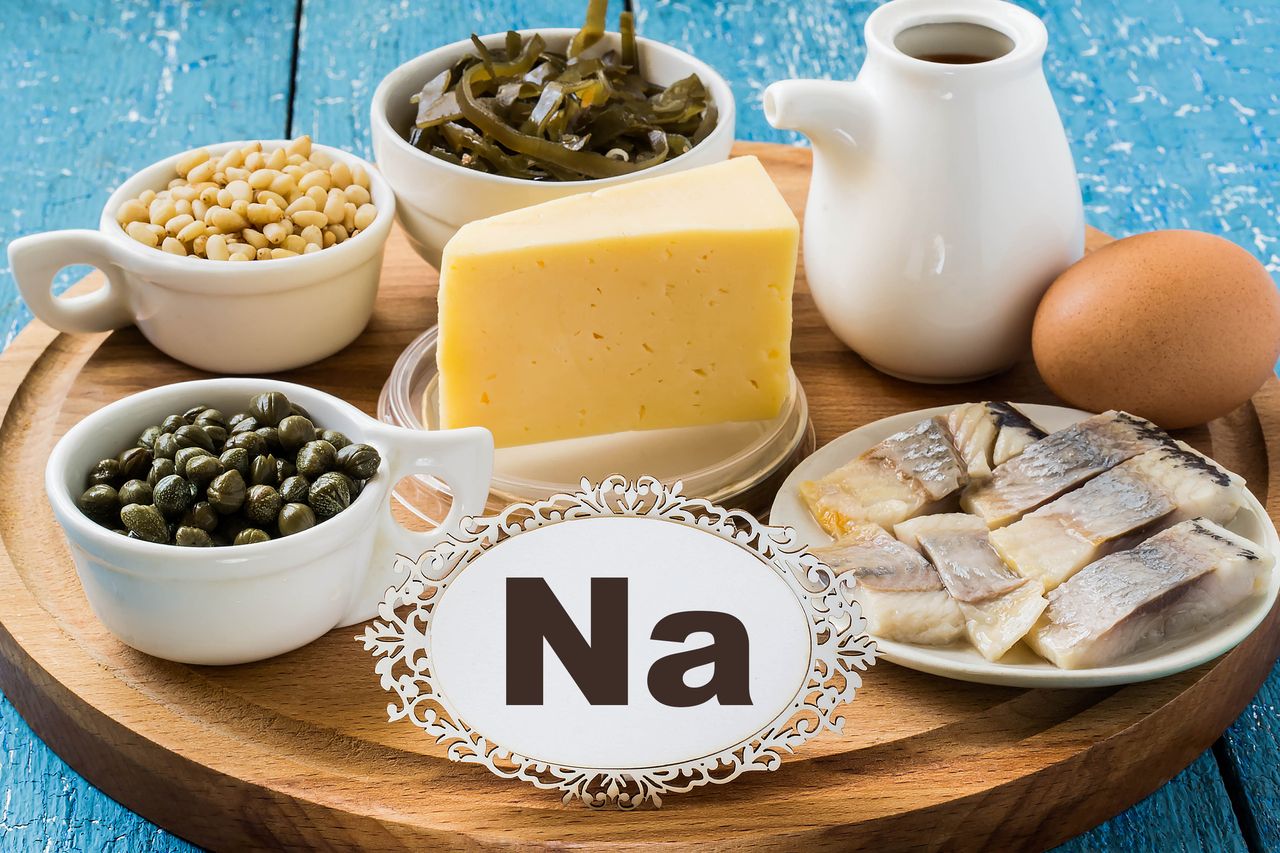High Sodium Drinks and Foods, A Health Concern
High sodium drinks and foods are surprisingly prevalent in our modern diets, often hiding in unexpected places. From processed snacks and restaurant meals to seemingly innocuous condiments and beverages, excess sodium lurks, posing significant risks to our health. Understanding the sources of this hidden sodium is the first step toward making informed choices and protecting ourselves from the potential consequences of high sodium intake.
This pervasive presence of sodium isn’t just about taste; it’s intricately linked to various health issues, including hypertension, cardiovascular disease, and kidney problems. While some sodium is essential for bodily functions, excessive consumption significantly increases the risk of these serious conditions. This article explores the hidden sources of sodium in our diets, the health risks associated with high sodium intake, and practical strategies for reducing our sodium consumption to improve overall well-being.
Navigating the Salty Seas: Understanding High Sodium in Food and Drinks: High Sodium Drinks And Foods
High sodium intake is a significant concern for public health, linked to various health problems. Many people are unaware of the hidden sources of sodium in their daily diets, often exceeding recommended limits without realizing it. This article explores the common culprits, the associated health risks, and practical strategies for reducing sodium consumption.
Hidden Sources of High Sodium in Everyday Foods and Drinks
Sodium lurks in many unexpected places. Processed foods are notorious for their high sodium content, but even seemingly innocuous items can contribute significantly to your daily intake. Condiments like soy sauce, ketchup, and even salad dressings are often surprisingly high in sodium. Many prepared meals, from frozen dinners to restaurant fare, pack a hefty sodium punch. Even bread, a staple in many diets, can vary widely in its sodium content, with some varieties containing far more than others.
Health Risks Associated with Excessive Sodium Consumption
The connection between high sodium intake and hypertension (high blood pressure) is well-established. High blood pressure, in turn, significantly increases the risk of cardiovascular diseases, including heart attack and stroke. Furthermore, excessive sodium consumption can strain the kidneys, contributing to kidney disease. Sodium also plays a role in fluid retention, leading to edema (swelling) in the extremities.
Practical Strategies for Lowering Sodium Intake
Reducing sodium intake doesn’t require drastic dietary changes. Small, gradual adjustments can make a big difference. Planning low-sodium meals, focusing on fresh ingredients, and carefully reading food labels are key strategies. Learning to cook at home more often allows for greater control over sodium content. Substituting herbs, spices, and citrus juices for salt can enhance flavor without increasing sodium levels.
Sodium Content in Popular Beverages
Many beverages contribute to daily sodium intake. Sports drinks, sodas, and even some juices can be surprisingly high in sodium. Bottled water, while generally low in sodium, can contain varying amounts depending on the brand and source. Electrolyte drinks, designed for rehydration after exercise, often contain significant amounts of sodium. Choosing low-sodium or sodium-free alternatives can significantly reduce your overall intake.
A Closer Look at Sodium in Processed Foods

Processed foods are often heavily laden with sodium to enhance flavor and extend shelf life. Canned soups, frozen meals, and many snack foods are prime examples. Even seemingly healthy options like some breakfast cereals can contain surprising amounts of sodium. Comparing sodium levels across different brands of the same product can highlight significant variations, allowing for informed choices.
Understanding Food Labels: Deciphering Sodium Content
Reading food labels effectively is crucial for managing sodium intake. The Nutrition Facts panel clearly indicates the sodium content per serving. Understanding terms like “low sodium,” “reduced sodium,” and “no salt added” is important for making informed decisions. Knowing the recommended daily allowance of sodium (generally less than 2,300 milligrams) provides a benchmark for evaluating food choices.
Cultural Influences on Sodium Consumption, High sodium drinks and foods

Cultural food traditions play a significant role in sodium intake. Different cuisines around the world have varying levels of sodium in their typical dishes. Adapting traditional recipes to reduce sodium content requires creativity and careful substitution of ingredients. Understanding these cultural nuances can help in developing personalized strategies for sodium reduction.
The Impact of High Sodium Intake Across Different Age Groups
High sodium intake poses different risks to various age groups. Children, whose bodies are still developing, are particularly vulnerable to the negative effects of excessive sodium. Older adults often have pre-existing conditions that make them more susceptible to the adverse effects of high sodium. Tailoring sodium reduction strategies to specific age groups is essential for promoting overall health.
Government Regulations and Sodium Reduction Initiatives
Governments worldwide are implementing various regulations and initiatives to reduce sodium in processed foods. These efforts aim to improve public health by encouraging the food industry to reduce sodium levels in their products. The effectiveness of these initiatives varies, but they represent a significant step towards promoting healthier eating habits.
Ultimately, navigating the complexities of sodium in our diets requires awareness, mindful choices, and a commitment to gradual change. By understanding the hidden sources of sodium in both drinks and foods, and by implementing the practical strategies Artikeld here, we can significantly reduce our intake and minimize the associated health risks. Small changes, like swapping processed foods for fresh alternatives and reading food labels carefully, can cumulatively lead to a healthier and longer life.
Prioritizing low-sodium options and understanding the impact of our food choices empowers us to take control of our health and well-being.
Share this content:
